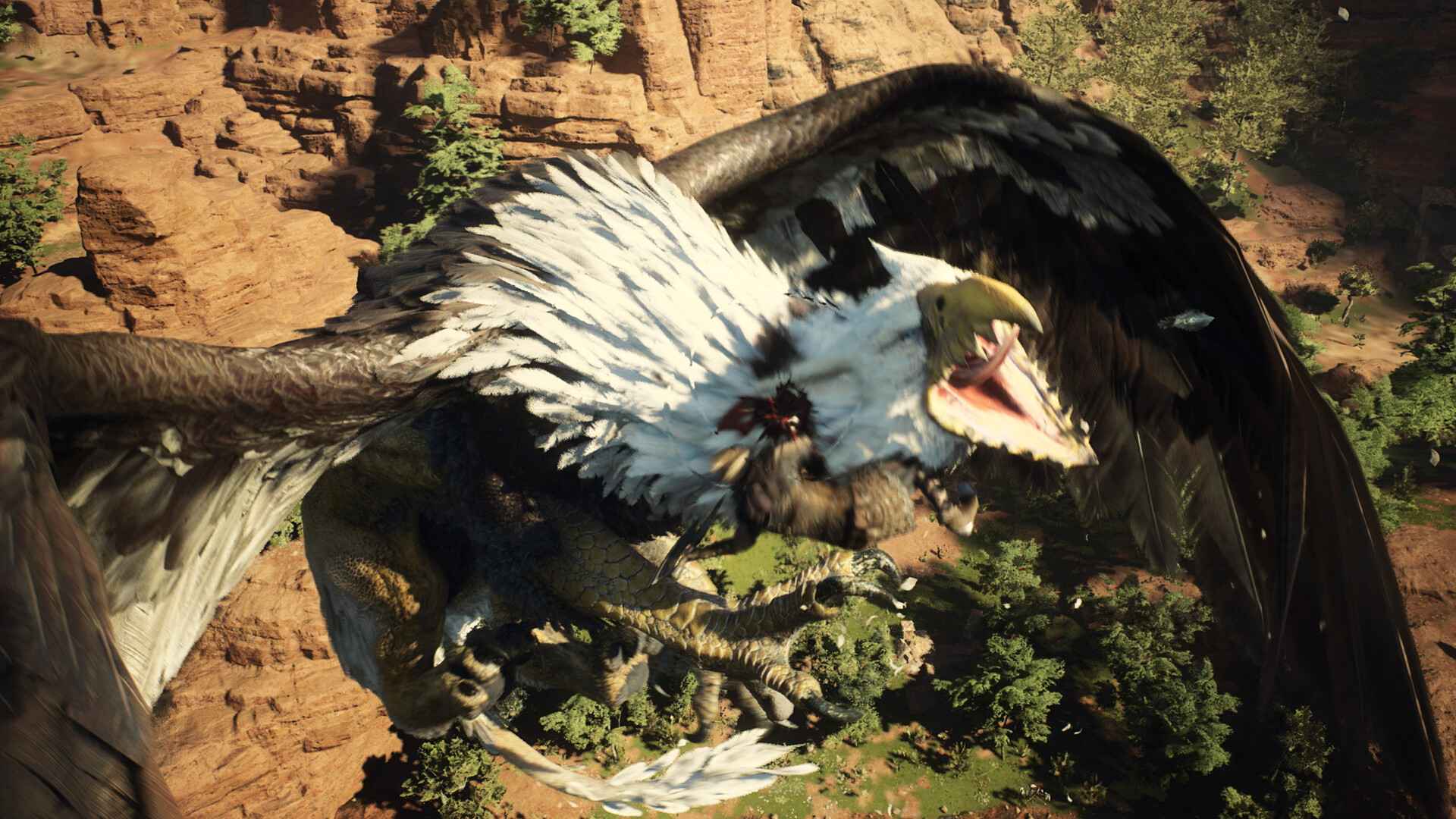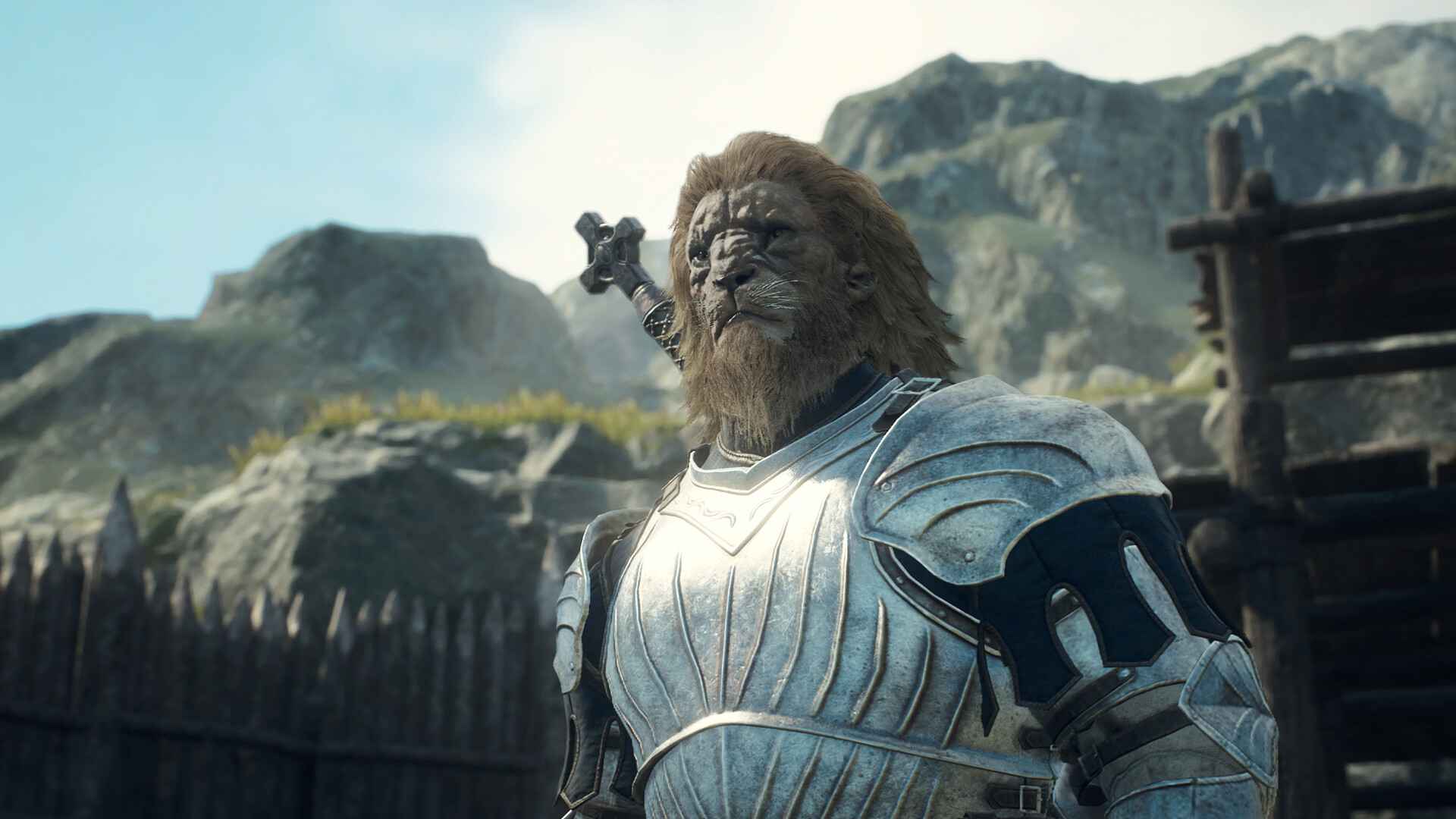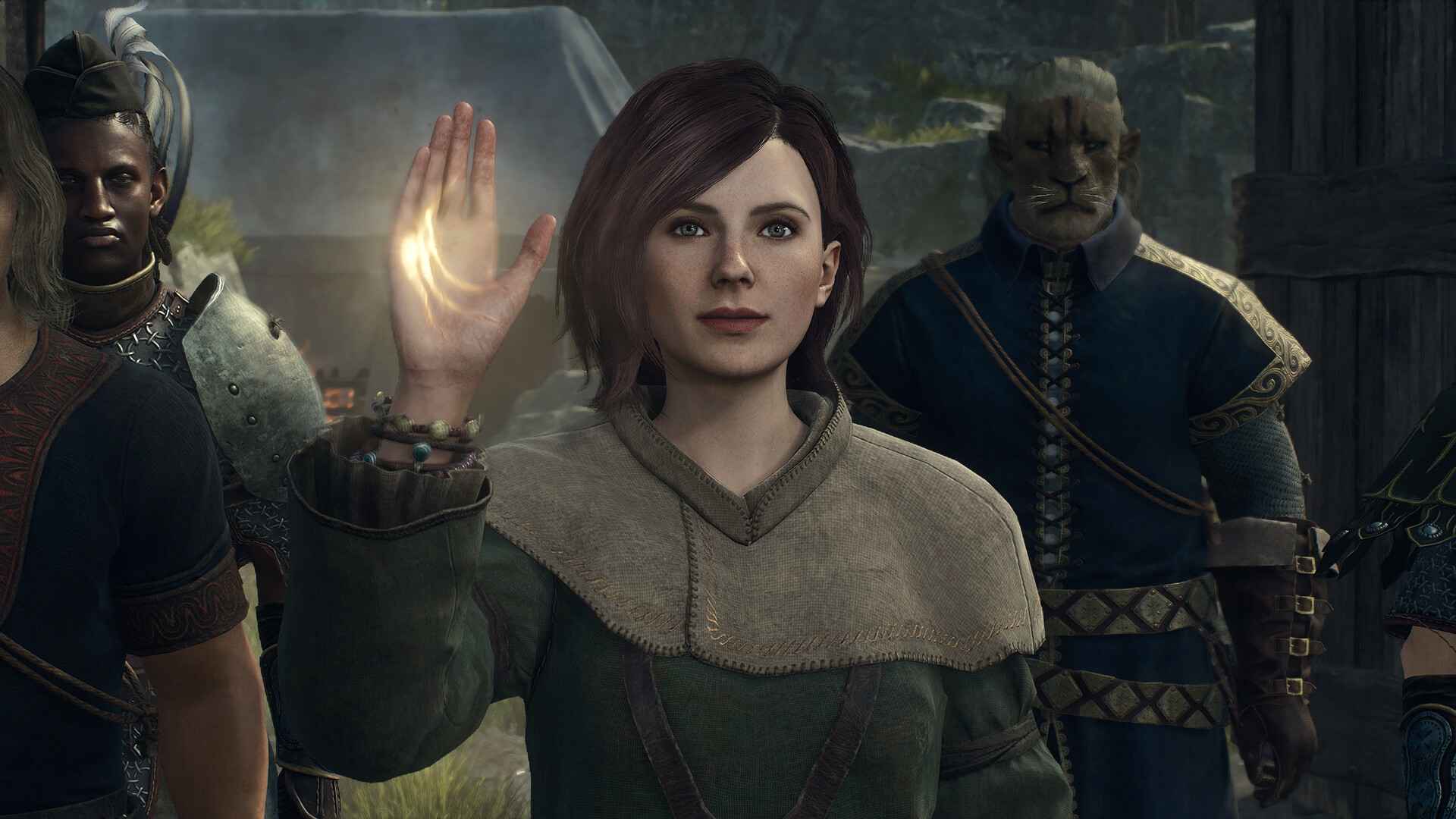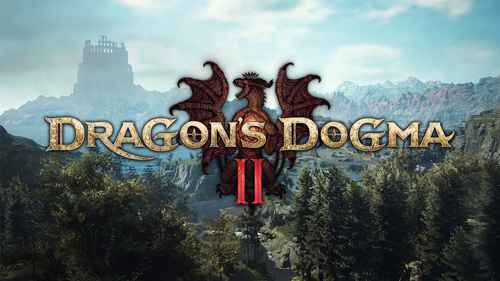Dragon’s Dogma 2 Review
In Dragon’s Dogma 2, everything has a price. Fast travel, resting at the inn, slow-moving cart rides, armor, upgrades, you name it. If you can do something or want something, you have to either pay for it, risk your life for it, or spend time searching for it. We often talk about balance in RPGs and action games. In Dragon’s Dogma 2, the ideas of risk and reward apply to nearly every moment in the game. For some players, it’s going to be too much. Fans of the original will rejoice, and anyone with a love of genuinely immersive fantasy should give it a chance.
If It Ain’t Broke…
The original Dragon’s Dogma was released in 2012, then re-released a year later as Dragon’s Dogma Dark Arisen. It was thoroughly misunderstood as a semi-busted Skyrim clone, or maybe a Dark Souls wannabe. It wasn’t helped by a heaping helping of jank and bugs and poorly explained mechanics. But in the years since, the game has steadily grown in popularity, respect, and appreciation. In retrospect, it did so many audacious new things that the initial reactions were understandable.
Dragon’s Dogma 2 is bigger, vastly more ambitious, incredible to look at (most of the time), and every bit as uncompromising as the original. It will both delight some, and dismay other, action RPG fans that The sequel does very little hand-holding. The developer has not made many changes to onboard players from the Elden Rings of the world. It’s a game that many impatient gamers will bounce off of, but once the game starts to make sense, it hooks you deep.
The narrative premise is pretty simple, at least at first. An immense dragon threatens the world, and only a hero called the Arisen — and chosen by the dragon itself — can defeat it. There can only be one, true Arisen. But a pretender is sitting in power and sends you to prison to keep you away. You escape and your main task is to take your place as the Arisen and fulfill your destiny.

A Quest on Every Corner
Dragon’s Dogma 2’s main quest starts simply enough, but naturally spins out into dozens of smaller overlapping branches, pushing the player ever farther across a map that’s four times the size of the original. What’s incredibly unique and often tension-inducing is that many of the side quests have a timer, and will play out with or without the player’s input. Take too long to rescue a lost child, and the child dies. It makes you think very carefully about the wisdom of taking on even the smallest optional assignment. But the temptation is there because you never know what or who you’ll find along the way. If you survive.
The map itself is minimal, with primary quest markers indicating a general area. Aside from that, the game expects players to discover locations and quests on their own. It’s about as far from an Ubisoft open-world map as possible.

Survival in Dragon’s Dogma 2 is not simply a matter of having enough health flasks or having a healer wave a magic wand. For one thing, that altruistic mage can only ever partially heal you. Every battle bites off a little of your total health until you rest at a campfire or inn—which, by the way, costs either coin or hauling around the makings of a campfire. And of course, hauling too many healing items quickly encumbers you to the point of exhaustion.
Class Action
Like all action RPGs, Dragon’s Dogma 2 is a power fantasy with fighters, mages, archers, and thieves grouping together to fight. There are four beginning classes, called vocations, and basic vocation splits into four other specialized subclasses. Opening the next class almost always involves completing quests. You essentially commit to a class from character creation on, but the secondary vocations allow for some class mixing and matching.
Dragon’s Dogma 2 is a single-player adventure, mostly. The qualification comes from the fact that the player can hire Pawns (NPC companions) belonging to other players or developers placed in the game. Every player character has a main pawn and can hire 2 additional temporary pawns. The pawns are everywhere, marketing themselves out in the world and for hire in a sort of alternate dimension accessed through Riftstones.
The Pawn mechanic is the original game’s most innovative idea. In the sequel, the Pawns have an even more dynamic presence. They fight, quip, complain, and compliment depending on their basic nature. Some are more autonomous than others. The player gifts them armor and weapons and chooses upgrades and abilities for their main pawn. Pawns can be easily managed in battle. Even without direction, though, they perform consistently most of the time.

Afraid of the Dark
Dragon’s Dogma 2’s sprawling world is one of the most dynamic, interesting, and challenging worlds ever crafted in a game. Between the Pawns, players’ wide range of weapons and skills, the smart use of the environment, and the enemy AI, combat, and exploration are the definition of emergent. It’s frenetic, exacting, and rarely predictable. Enemies often attack in groups, and there are many Monster Hunter-like bosses that can be climbed. At night, in near-total darkness, exploration is terrifying. Sure you can light a fire to keep the darkness at bay. But then, some monsters are drawn to your light.
Visually, everything about Dragon’s Dogma 2 is a massive upgrade from the first game, which is probably to be expected. That said, it still isn’t quite up to the most recent standard bearers, with a disappointing array of graphics settings to adjust and framerate only hitting 30 fps on PS5. The hundreds of characters and thousands of lines of dialogue hit more often than they miss, despite some conspicuously bad lip-syncing. Spell effects, and lighting in general, are incredibly well-realized. Combat animations are still less than perfectly fluid, most noticeable during the more frenetic battles. And there are still a lot of little bugs and occasional lapses in AI behavior, like Pawns that refuse orders. Or maybe that’s intentional. Also intentional — it has to be — are menu screens and sounds that feel like they’re a decade old.
Comparing Dragon’s Dogma 2 to Elden Ring is both inevitable and instructive. They’re both massive open-world RPGs and their narratives are likewise fashioned from gothic mystery and classic mythology without regard to origin. But where Elden Ring is the logical evolution of FromSoftware’s two-pronged attention to both accessibility and difficulty, DD2 doesn’t worry nearly as much about welcoming casual players. It plays by its own rules.

All In or Nothing
FromSoftware made it almost impossible to play Elden Ring “wrong.” Just about every build or weapon can usually see the player through. On the other hand, not really understanding Dragon’s Dogma 2’s systems and trying to play the game like a recent Soulslike will simply not work. From character creation on, Dragon’s Dogma 2 asks to be approached with patience, understanding, and above all, ownership of choices. You get one save at a time.
Just like the original game, Dragon Dogma 2 demands that players meet it on its own terms. Trying to play it like other popular action RPGs will be frustrating and probably not much fun. The barrier to entry is not just skill, but embracing its mechanics. For those players willing to set aside their notions of how an RPG has to work, the rewards are rich, singular, and utterly immersive in ways that have rarely been seen in the genre.
***PS5 code provided by the publisher for review***
The Good
- Ridiculously immersive
- Incredible world building
- Pawn system is even better
The Bad
- Complicated and sometimes opaque
- Isn’t welcoming to casual players
- Some AI and other bugs
- Few graphics options

